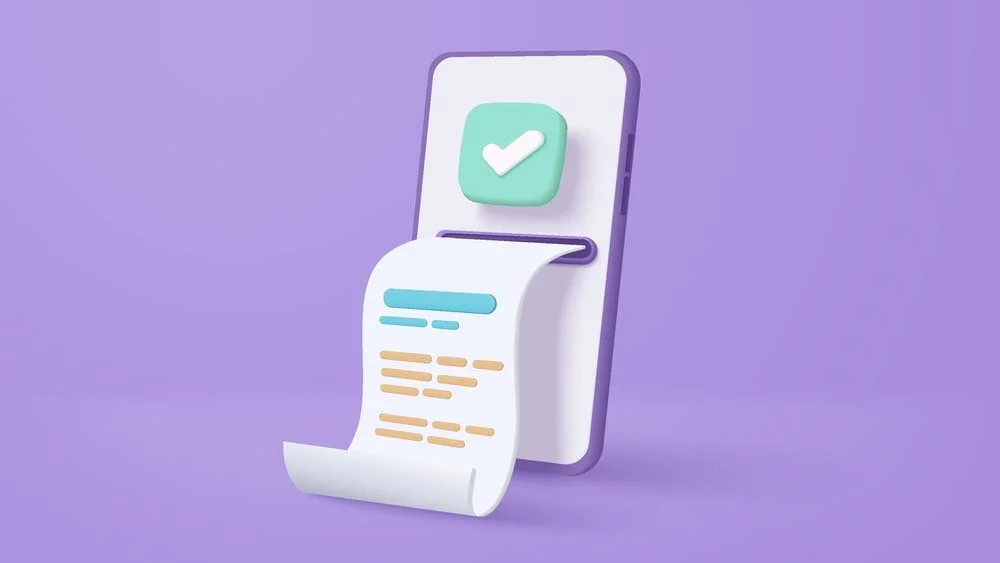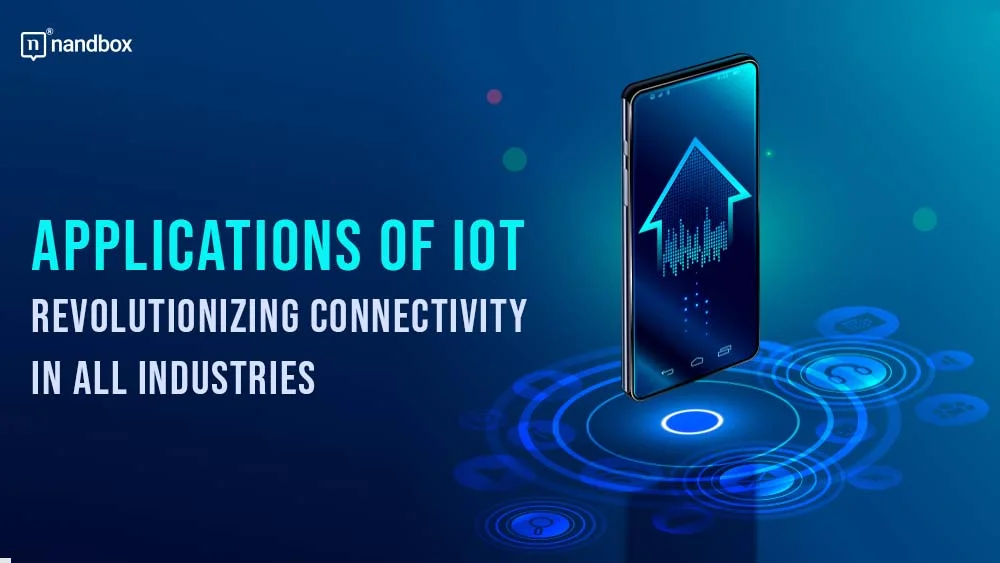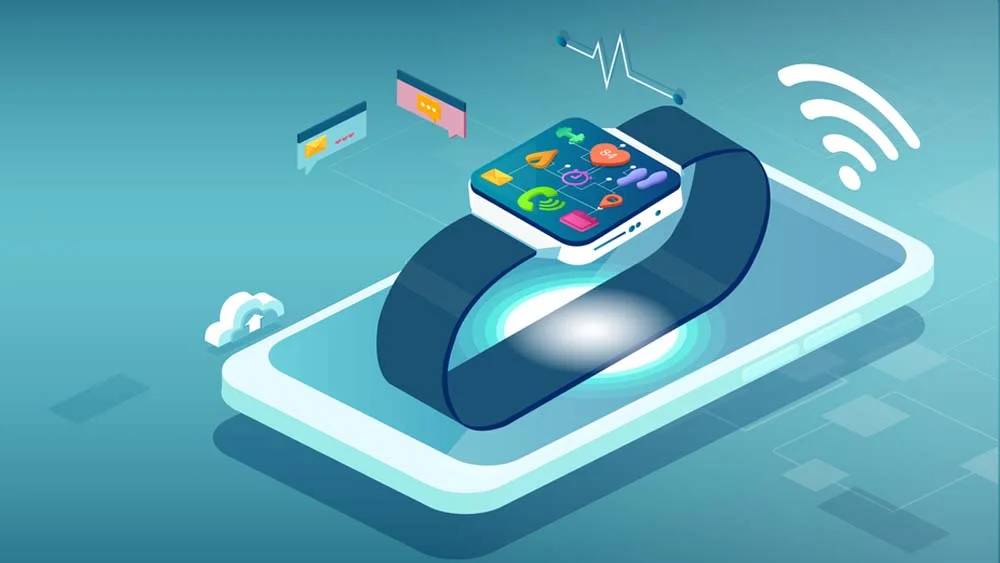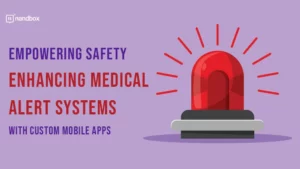Expanding the Realm of Possibilities With Remarkable Applications of IoT
The world has become so interconnected. Now, many technologies demolish the barriers between people from all around the world and allow more seamless communication and collaboration in all fields. At the same time, some people thought about taking this connectivity to another level. Why should this great perk be limited to humans only? Well, it shouldn’t, and that is what IoT, or the Internet of Things, came to accomplish. In this article, we will break down applications of the IoT that prove its significance and importance in our lives.
A Brief Introduction to IoT
IoT is the enormous network of millions of devices connected together as a way to offer users more exceptional capabilities. An enormous number of devices that go beyond your expectations can communicate together in real-time using sensors and other methods like smart chips. This superb connectivity allows the devices to exchange data, which gives them the capability to perform smartly. You might think, How do these devices communicate and be able to exchange information among each other? The answer is simple: they connect through network centers and the internet, and the data gets validated and analyzed in cloud systems. Through these centers, these devices can exchange the data they collect from users, such as commands, preferences, behavior, and so on. However, not all IoT devices need this, as some can connect using a wireless local connection, especially if they are present nearby.
Applications of IoT: Does IoT Really Affect Industries?
Throughout the years, IoT has found a way to be included in every aspect of our lives. This is due to the great aid and assistance it offers in all fields. IoT is now the main technology behind many great innovations, such as smart home systems that allow residents to control their whole house whenever and wherever. It is also one of many technologies responsible for the idea behind autonomous cars, a creation that was considered science fiction not a long time ago. IoT went beyond that and exceeded everyone’s expectations in terms of how effective it can be in every industry, not just for solving basic, tedious tasks. That is why we are going to explore the best five applications of such remarkable technology and how it transformed these industries.
How IoT Is Revolutionizing Healthcare
IoT technology is revolutionizing healthcare in exciting ways. It is entering new realms and exploring new possibilities that could take it to a whole new level. Here are a few ways this change is reflected:
Wearable Devices and Smart Gadgets
IoT wearable devices can remotely and continuously monitor patients, allowing for early detection of health changes. Patients now send data to their doctors from wearable devices like fitness trackers, heart rate monitors, and blood pressure monitors. Doctors are able to see the big picture of their patient’s health thanks to this constant stream of information. Smart beds in hospitals can tell when patients get up or need help. Smart Wheelchairs, intravenous pumps, and other essential medical equipment all have better capabilities and functions thanks to the Internet of Things and wearable technology.
Telemedicine
Connectivity made possible by the Internet of Things has also opened the door to telemedicine. Patients in remote locations can quickly reach medical professionals for urgent or follow-up care. Virtual doctor’s visits, health alerts, and at-home monitoring are all commonplace in today’s healthcare system.
Chronic Disease Management
The Internet of Things could revolutionize the way we treat and prevent chronic illness. If an asthma patient forgets to take their medication, a connected smart inhaler can notify them immediately. Diabetics can have their blood sugar levels tracked and reported automatically by using a glucose monitor. Defibrillators implanted in the body can monitor the heart for abnormalities and send an immediate alert to responders.
Despite concerns over privacy and security, IoT is improving healthcare efficiency, reducing costs, and saving lives. The future is bright as IoT applications in healthcare continue to advance rapidly. With smart adoption, IoT can make us all healthier and happier.
IoT-Enabled Smart Cities Are No Longer Science Fiction
Smart cities once seemed like something out of a sci-fi novel, but thanks to the Internet of Things (IoT), they are becoming a reality.
Smart cities use IoT sensors and devices to collect data and gain insights into how to improve infrastructure and services. Things like traffic lights, parking meters, and waste bins are being upgraded with built-in sensors to monitor activity and optimize their functions.
For example, smart parking meters can detect if a space is occupied and relay that information to drivers to reduce congestion. Smart waste bins equipped with fill-level sensors can alert sanitation crews when they’re close to full, so they only need to be emptied when necessary, lowering fuel usage and costs.
Interconnected traffic lights and road sensors can monitor vehicle flow and adjust signaling to keep things moving. This reduces commute times, decreases accidents, and lessens the environmental impact.
Reduced energy usage. Smart meters and appliances that can be remotely monitored and controlled enable more efficient energy consumption. Things like smart thermostats, lights, and HVAC systems save power when not in use.
Application of IoT in Manufacturing: Boosting Efficiency and Reducing Waste
IoT is transforming manufacturing in exciting ways. Sensors and connected devices are boosting efficiency, reducing waste, and optimizing processes.
Automated Inventory Management
Inventory management is a time-consuming process, but sensors provided by the Internet of Things can streamline the process. When inventory is low or goods need to be restocked, sensors will alert the appropriate personnel. Warehouse management systems get the information and use it to begin production or place orders as necessary. The just-in-time method reduces stockpiles and waste by only ordering what is needed.
Optimized Production Lines
Data collected by networked sensors can improve the performance of machinery and operations on a production line. Whenever there is a decline in productivity or a quality issue, sensors will pick it up immediately. Automatic diagnostics and adjustments to production line speeds allow for quick resolution of issues. This helps in maximizing productivity, minimizing downtime, and maintaining quality standards.
Predictive Maintenance
Sensors connected to the Internet of Things can spot the early warning signs of a malfunctioning machine. Abnormalities are detected through constant monitoring of movement, temperature, and performance. Maintenance can be arranged in advance when criteria are met, preventing unplanned downtime. This preventive method is much cheaper than last-minute fixes and contributes years to the life of industrial equipment.
Enhanced Safety
The Internet of Things can even improve workplace safety. Sensors can identify hazardous chemicals, fire hazards, and security breaches, which then trigger alarms. Sensors monitor the surrounding environment for any unsafe changes in temperature, humidity, or air quality. Badges or other wearable technology worn by workers can track their whereabouts and vitals to send out notifications in the case of a crisis.
IoT Applications in Retail: Enhancing the Customer Experience
The retail industry has been an early adopter of IoT technologies to enhance customer experiences. Smart devices and sensors are transforming how we shop and interact with brands.
Personalized Experiences
Using your mobile device, retailers can detect when you enter a store and customize promotions and product recommendations tailored to your preferences and past purchases. Smart mirrors in fitting rooms can suggest coordinating items and sizes based on what you’ve selected. Another example is Interactive displays that provide tailored information and promotions based on facial recognition as you walk by. Additionally, beacon technology is another great technology on the way to taking over. They use sensors to send notifications for coupons or sales on items that interest you as you pass by them in the store.
Frictionless Payments

Customers hate waiting, and businesses hate having to deal with long checkout lines. Smart devices and the Internet of Things are making shopping easier. To avoid interacting with a cashier, customers can now utilize self-service kiosks and mobile apps to scan and pay in seconds for their purchases.
The Just Walk Out technologies brought mainly by Amazon are also making great appearances. They automatically detect the items you select and charge them to your payment method on file as you leave the store.
Operational Efficiency
Moreover, IoT helps stores save money by enhancing inventory management and decreasing waste. By placing RFID tags on merchandise, stores may track individual items, monitor inventory levels, and arrange things for maximum sales potential. Smart sensors may tell whether goods that are prone to expiration, like food or medicine, have reached a dangerous level, allowing for quick discarding.
Analytics provide insights into customer behavior, traffic patterns, and potential areas for improvement to increase sales and cut costs. It also helps retailers to be able to tailor experiences for users and alter their promotion and sales strategies.
The Applications of IoT in Sustainability and Environmental Protection
The applications of the Internet of Things (IoT) are transforming how we interact with the environment and enabling smarter energy usage. IoT sensors and devices are being integrated into homes, buildings, and cities to optimize sustainability and protect natural resources.
Energy efficiency
Using Internet of Things (IoT) solutions like smart thermostats, lighting controls, and energy monitors can cut down on energy costs. For instance, smart thermostats can modify the temperature in your home based on your habits and preferences, so you never waste energy heating or cooling an empty room. When a room is vacant, smart lights will turn themselves off. You may make changes to reduce costs and waste owing to the real-time data provided by smart energy monitoring systems.
Water conservation
Water leaks and consumption are tracked by Internet of Things sensors to encourage water efficiency. By monitoring soil moisture and external weather conditions, for instance, smart irrigation systems may ensure that lawns and gardens receive water only when it is needed and in the appropriate quantity. Water loss can be greatly reduced owing to leak detection sensors, which monitor pipe flow and issue alerts when they detect anything out of the ordinary.
Waste management
The currently available Internet of Things solutions can improve both waste management and recycling efforts. Smart waste bins monitor their own levels of capacity and only arrange for collection when the cans are completely overflowing. They also have automatic sorting systems to sort the garbage according to its type, like plastic, metal, and so on. In order to track recycling rates and figure out how to lessen waste and pollution, several communities have installed waste bins that recognize goods as they are put in them.
Environmental monitoring
Internet of Things environmental sensors aid researchers and local populations in understanding the effects of pollution, shifts in wildlife, and the condition of ecosystems. Pollution sources can be identified with the use of sensors monitoring air and water quality. Cameras and ultrasonic sensors are used in wildlife monitoring systems to observe and record the activities of various wildlife species. The effects of climate change can also be tracked with the help of weather sensors that collect data on regional temperatures, precipitation amounts, and wind speeds. This can give us much information on how the environment is and raise flags for the major problems. In turn, we‘d be able to take firm actions to save the environment.
Conclusion
So there you have it: the Internet of Things is changing the world around us in incredible ways. From smart homes that make your life more convenient to wearables that make you healthier, IoT tech is enhancing our reality in the present and shaping what’s to come. The future really is now, thanks to connected devices and AI systems powering all these innovations. Pretty soon, emerging IoT applications like autonomous vehicles, smart cities, and more will become commonplace. While the pace of change can feel overwhelming, the possibilities are exciting. The Internet of Things is transforming our reality for the better, one high-tech development at a time. The future is here; what will you build?







